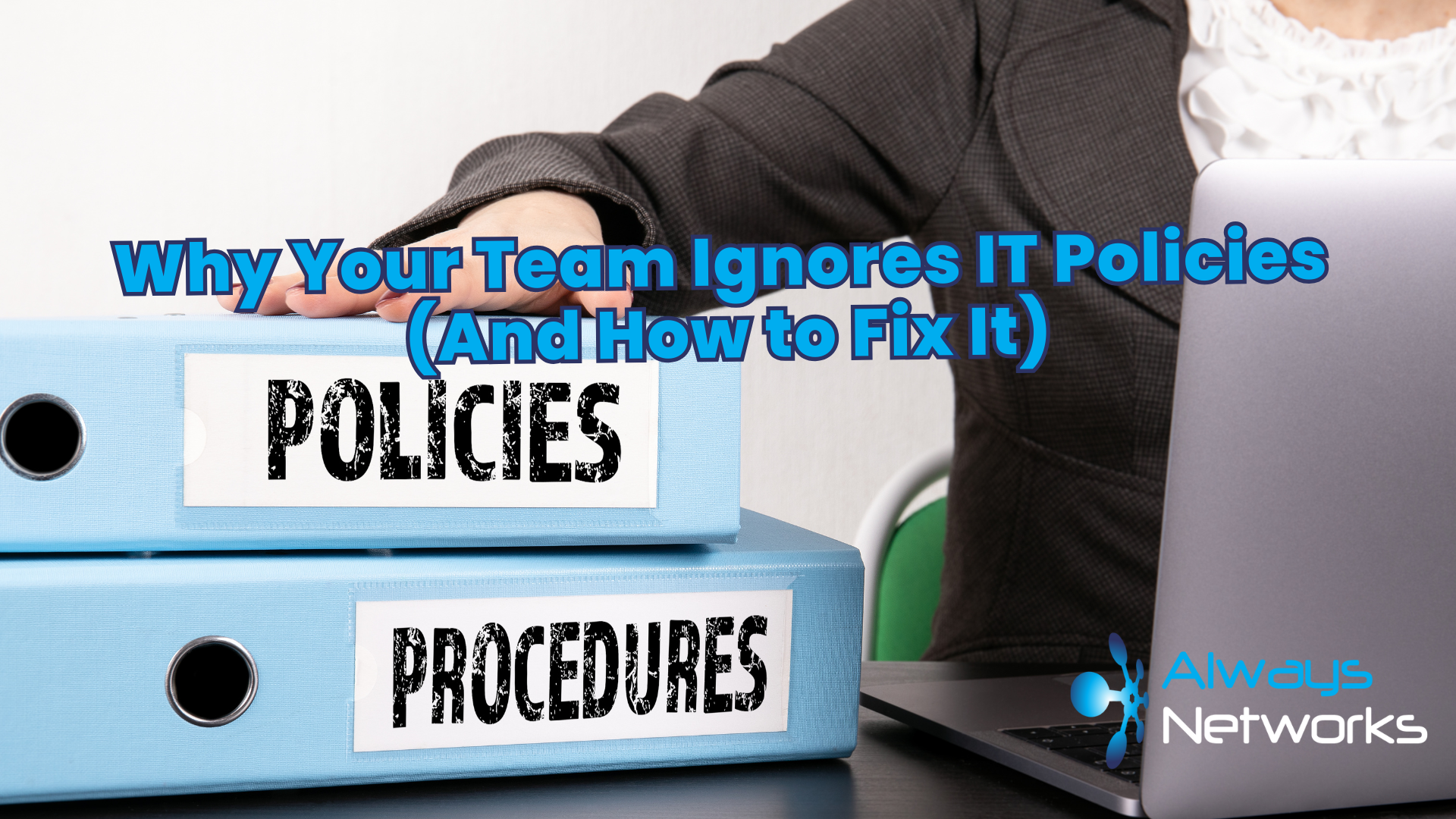It’s frustrating when you plug in a USB device, and instead of it working as expected, you get a “USB Device Not Recognised” message. This error can stop you from accessing important files, using essential devices, or charging your gadgets.
Luckily, there are several simple ways to fix this issue. In this guide, we’ll walk you through the most effective methods to get your USB devices back up and running.
1. Unplug and Reconnect the Device
Sometimes, the simplest solution works best. Try unplugging the USB device and plugging it back in. If possible, use a different USB port. Ports can sometimes fail or become loose, especially on laptops where they get a lot of use.
2. Restart Your Computer
A classic “turn it off and on again” solution. Restarting your computer refreshes system drivers and resets USB connections.
How to do it:
- Click the Start menu.
- Select Power and then Restart.
Once your PC has rebooted, plug in the USB device again.
3. Check the USB Device Itself
It’s possible that the device, not your PC, is the issue. Try connecting the USB device to another computer.
What to check:
- Does it work on another machine?
- If not, the USB device may be faulty.
If the device is damaged, you may need to repair or replace it.
4. Update or Reinstall USB Drivers
Outdated or corrupted drivers are a common cause of USB issues. Updating or reinstalling them can solve the problem.
How to update USB drivers:
- Right-click the Start button and select Device Manager.
- Scroll down to Universal Serial Bus controllers.
- Right-click each item under this section and select Update driver.
- Choose Search automatically for updated driver software.
How to reinstall USB drivers:
- In Device Manager, right-click each item under Universal Serial Bus controllers and select Uninstall device.
- Restart your PC, and Windows will automatically reinstall the necessary drivers.
5. Check for Windows Updates
Windows updates often include new drivers or patches that solve USB issues.
How to check for updates:
- Open Settings.
- Select Windows Update (or Update & Security on older versions of Windows).
- Click Check for updates.
If updates are available, install them and restart your PC.
6. Disable USB Selective Suspend
This Windows feature saves power by turning off idle USB ports. Disabling it might solve your issue.
How to disable USB Selective Suspend:
- Open Control Panel and go to Power Options.
- Click Change plan settings next to your active power plan.
- Select Change advanced power settings.
- Scroll to USB settings > USB selective suspend setting.
- Set it to Disabled.
Click Apply and OK, then restart your computer.
7. Check for Hardware Issues
If none of the software-based solutions work, the problem might be hardware-related.
Things to check:
- USB ports: Look for signs of physical damage, like bent pins or debris inside the port.
- USB cables: Swap the cable with another one to see if it’s faulty.
- Power supply: If you’re using a USB hub, make sure it’s receiving enough power.
Need Help Fixing It?
If you’ve tried all these steps and are still getting nowhere, it might be time to get some support. We can hep diagnose hardware issues, repair damaged ports, and resolve stubborn driver problems.
Need IT support? Let’s chat!
Use the form below to book a call with Nick:



